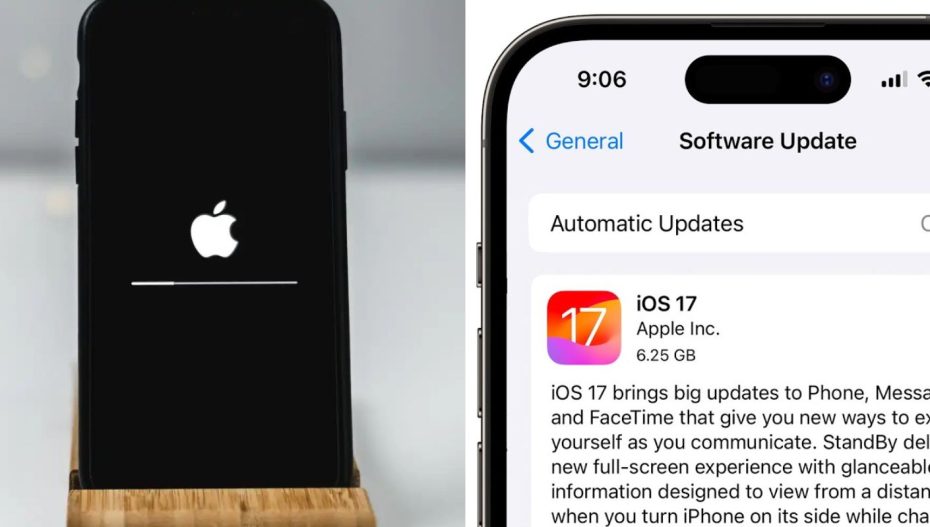Apple’s latest iOS 17.3 update delivers a powerful new feature focused on user security: Stolen Device Protection. This addition aims to safeguard accounts and personal information, particularly when iPhones venture beyond familiar locations like home or work, reducing the risk of compromise in the event of theft.
Enhanced Security Measures Beyond Familiar Zones
Once activated, Stolen Device Protection kicks in with heightened security measures for specific actions when the iPhone leaves recognized areas. Even if a thief unlocks the device, critical changes to accounts or the device itself remain inaccessible.
Face ID or Touch ID: An Extra Layer of Defense
Enhanced security includes Face ID or Touch ID biometric authentication for accessing stored passwords and credit cards. This extra layer of protection ensures only the authorized owner can access sensitive information.
Security Delay: A Strategic Deterrent
Adding another layer of defense, the Security Delay protocol introduces a one-hour wait and a second Face ID or Touch ID requirement for actions like changing the Apple ID password. This strategic delay gives users precious time to mark their device as lost and secure their Apple account before unauthorized access occurs.
Context-Sensitive Protection for Everyday Use
Stolen Device Protection understands your routine. These enhanced security measures only come into play when the iPhone is outside familiar locations. In your home, office, or other frequently used areas, you can continue using your device passcode as usual.
Simple Activation and User Control
Enabling Stolen Device Protection is straightforward. Simply head to Settings, access Face ID & Passcode, enter your passcode, and toggle the feature on. However, remember that attempting to disable this protection in an unfamiliar location triggers the Security Delay, highlighting the importance of deactivating it before selling, gifting, or trading in your iPhone.
Secure Actions Wherever You Go
With Stolen Device Protection active, specific actions demand additional security measures when you’re out and about. These include Face ID or Touch ID for tasks like using saved passwords, turning off Lost Mode, erasing content, applying for a new Apple Card, and more. The Security Delay also applies for critical changes like updating the Apple ID password, signing out, or modifying security settings.
Beware! Apps Are No Longer Making Your Data Private. Read More












